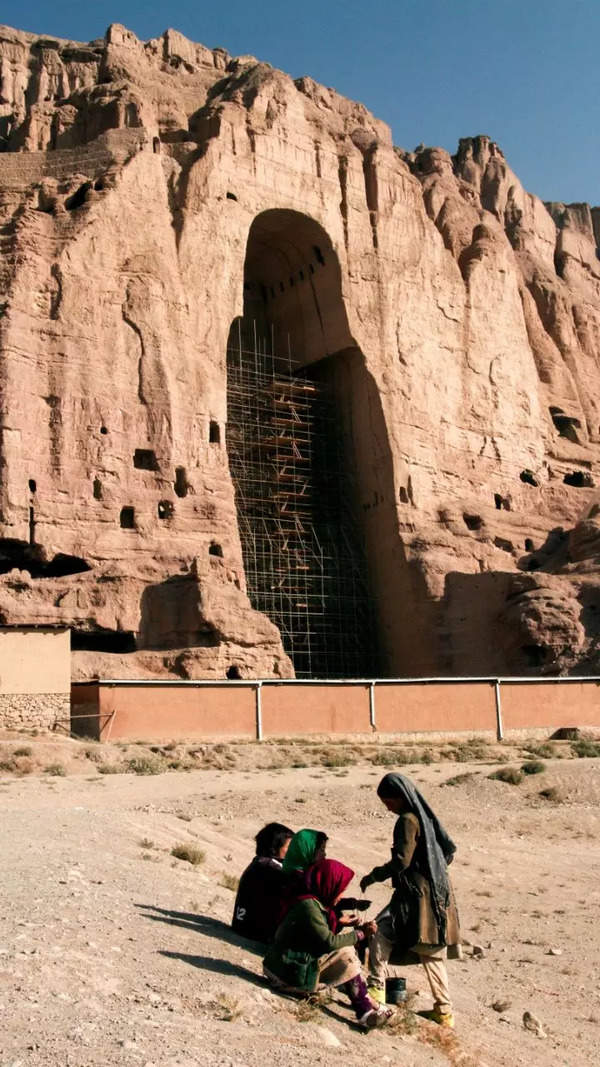- News
- It is Amla Ekadashi today: Why a festival is celebrated around Amla or Indian Gooseberry
It is Amla Ekadashi today: Why a festival is celebrated around Amla or Indian Gooseberry
Amalaki Ekadashi, observed on the 11th day of the Shukla Paksha in Phalguna, is dedicated to Lord Vishnu and the Amla tree. Devotees fast, worship, and recite hymns, seeking spiritual benefits, prosperity, and the removal of obstacles. The festival also emphasizes charity and the medicinal significance of the Amla tree.
Amalaki Ekadashi which is also known as Amla Ekadashi, is a significant Hindu festival observed with great devotion and reverence. It is celebrated on the 11th day (Ekadashi) of the Shukla Paksha (waxing phase of the moon) in the Hindu month of Phalguna (February–March), this auspicious day is dedicated to Lord Vishnu and the sacred Amla tree.
The festival is of spiritual importance since the Amla tree is said to be a godly form that encompasses several deities and sages. The devotees believe that worshipping the Amla tree on this day results in great spiritual fulfillment, prosperity, and removal of hurdles. Fasting, prayer, and rituals form a part of the celebration since the devotees pray for divine favors and spiritual progress.
The Amla tree is said to possess divine qualities and as per Hindu scriptures, various parts of the tree represent various divine beings. The tree's roots symbolize Lord Vishnu, the trunk represents Lord Shiva, the top part is attributed to Lord Brahma, sages and deities reside in the branches, the leaves are a representation of the Vasus, the flowers to the Maruts, and the fruits symbolize all the Prajapatis. This dual connection to deities makes the Amla tree a sacred object of respect and belief.
What rituals form a part of this sacred day?

The significance of Amalaki Ekadashi is that worshiping the Amla tree and fasting is said to bring huge spiritual benefits. It is also believed that remembering, touching, or consuming the fruit of the Amla tree on this day can bring prosperity, remove obstacles, and bless with divine grace. Individuals also believe that observing this festival can wash away past sins and lead to ultimate salvation (moksha).
Amalaki Ekadashi also goes by the name Rangbhari Ekadashi in some areas since it occurs around the festival of Holi. This nearness to Holi brings a festival and colorful air to the festivities. The people decorate the tree of Amla with colour and indulge in happy activities, representing both religious and seasonal change.
The festival also shows the importance of charity. Devotees are encouraged to offer food, clothes, and other essentials to the needy, as an act of compassion and generosity. This charitable aspect of the festival is linked with the broader Hindu principles of Dharma (righteousness) and Seva (selfless service).
What do the ancient legends say about this Ekadashi?
One of the prominent legends associated with Amalaki Ekadashi is found in the Brahmanda Purana. The story goes that in the ancient city of Vaidisha, there was a king named Chitrasen. He was a devout follower of Lord Vishnu and observed the Ekadashi fast regularly. On one such Amalaki Ekadashi, the king, along with his subjects, worshipped the Amla tree with great devotion. They offered fruits, flowers, and water to the tree, and spent the entire night singing the glories of Lord Vishnu.

During this celebration, a hunter named Rajendra, who was unintentionally involved in the observance, received the blessings of Lord Vishnu due to the merit of the fast. Upon his death, Rajendra's soul was taken to Vaikuntha, the abode of Lord Vishnu. This legend talks about the belief that even an unintentional observance of Amalaki Ekadashi can yield significant spiritual benefits.
Amla tree has medicinal properties
The religious importance of the Amla tree goes beyond its connection to Amalaki Ekadashi. The tree is also considered sacred for its medicinal qualities and is used in Ayurvedic medicine quite frequently. The fruit of the Amla tree is highly nutritious and packed with Vitamin C and other vitamins and minerals, which makes it an excellent source to a balanced diet. The tree's connection to multiple gods and its medicinal properties render it a sign of spiritual as well as physical health.

Apart from the rituals and fasting, Amalaki Ekadashi is also a day of social gatherings and cultural events. In certain parts of the country, devotees gather to recite kirtans (devotional songs) and bhajans (hymns) in honor of Lord Vishnu and the Amla tree. These sessions promote a sense of oneness and collective devotion among the members.
The celebration of Amalaki Ekadashi is not only a religious practice but also a path to spiritual enlightenment and personal growth. The fasting and rituals help devotees to develop discipline, self-control, and detachment from worldly desires. By dedicating the day to the worship of Lord Vishnu and the Amla tree, devotees aim to align themselves with the divine virtues of purity, compassion, and righteousness.

About the Author
TOI Lifestyle DeskEnd of Article
FOLLOW US ON SOCIAL MEDIA








